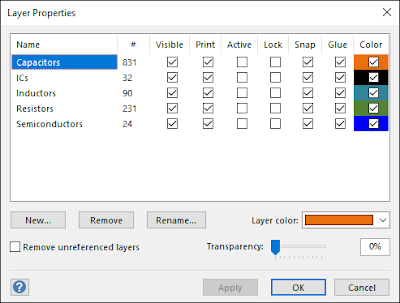I belong to the generation which witnessed the transition from black-and-white to color television, as well as monochrome to full-color monitor. While no one will want to go back to the old way of watching TV or doing computing, nonetheless there's a sense of nostalgia to it that's magical.
What am I driving at here, you may be asking. Well, actually I was toying with the design of the cover for my fourth book, Manual PCB-RE: The Essentials. The idea of featuring the Gigabyte GeForce 8600GT video card with half-photo half-illustration seemed like a neat idea. But I decided to take it one step further by including a reversed version in the interior cover page which has to be in black-and-white for a non-color print. This has created an interesting contrast with the book's front cover which is in full-color. Here's what they look like side by side:
It's tough to write engineering books but I always take great care and delight in designing my own book covers, and this is the best one yet. Hopefully it will not only spur the imagination of would-be readers but create a great anticipation for its release. When will it hit the bookstore? I really have no idea, but I'm working on it as much as my schedule allows me right now.
Do leave a comment if you like what you see. It will certainly help to cheer me on this arduous journey of being an author.
















